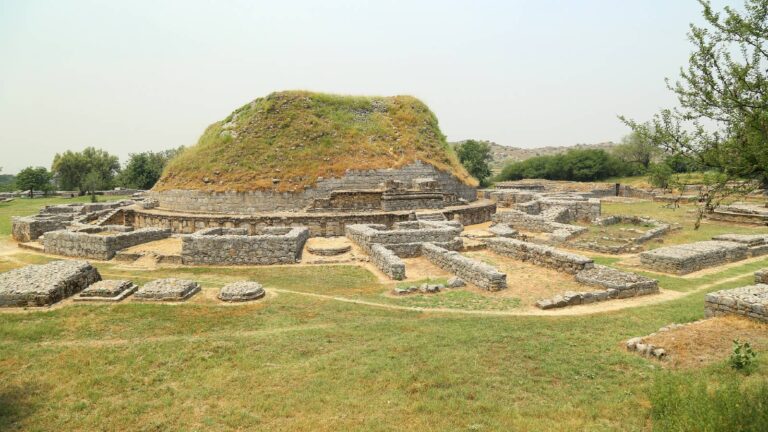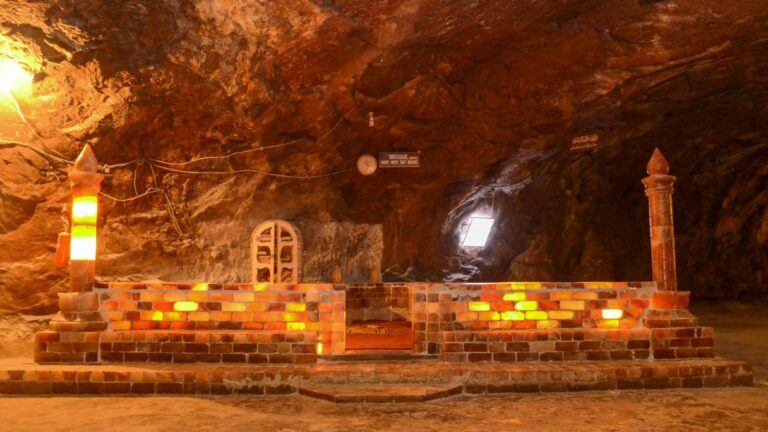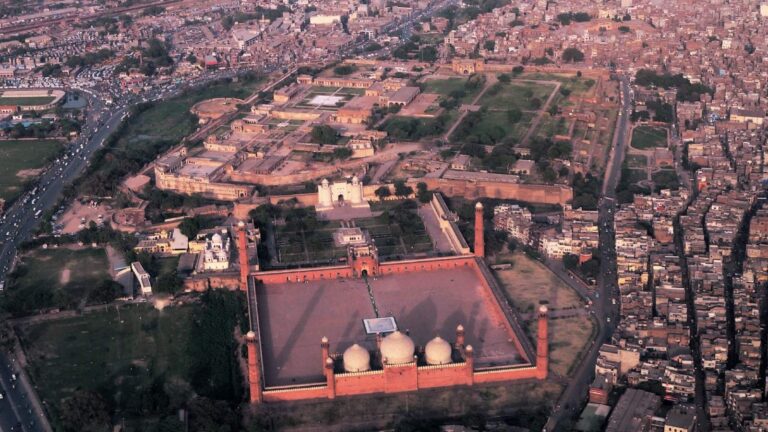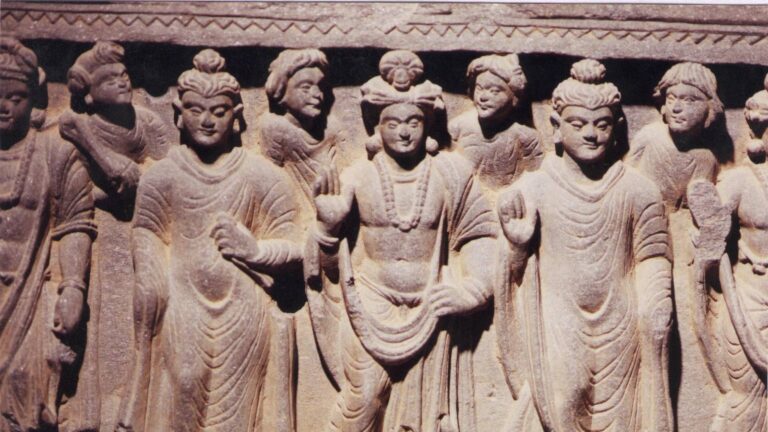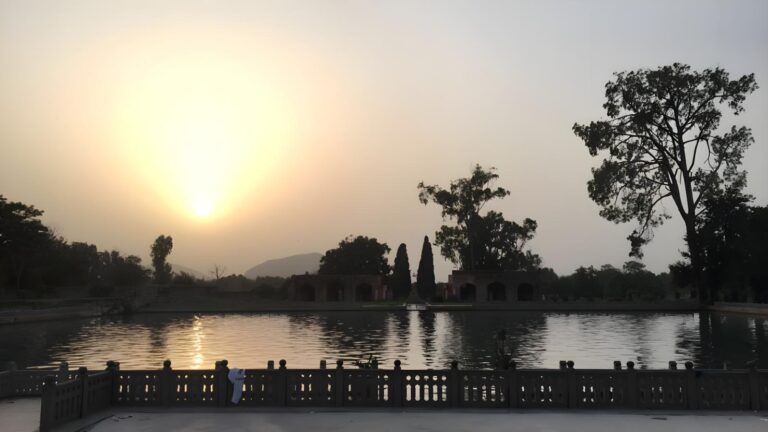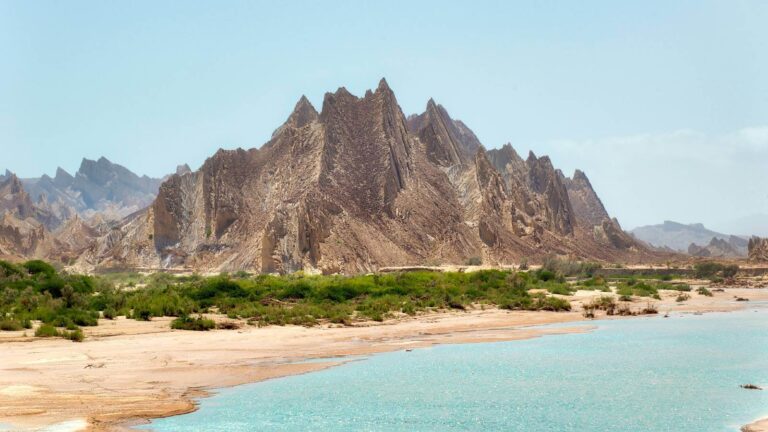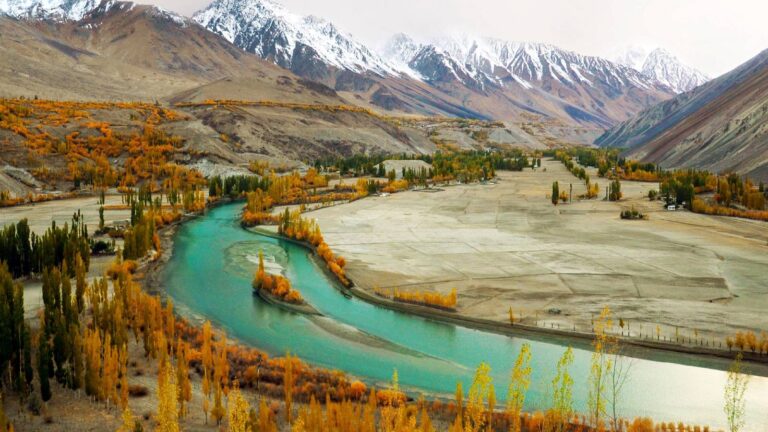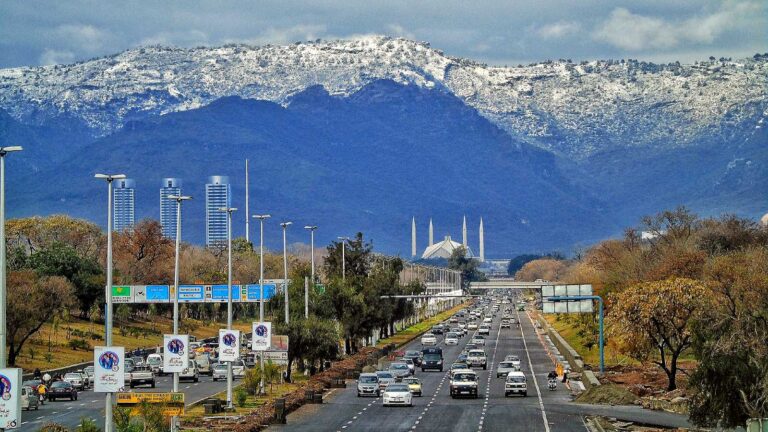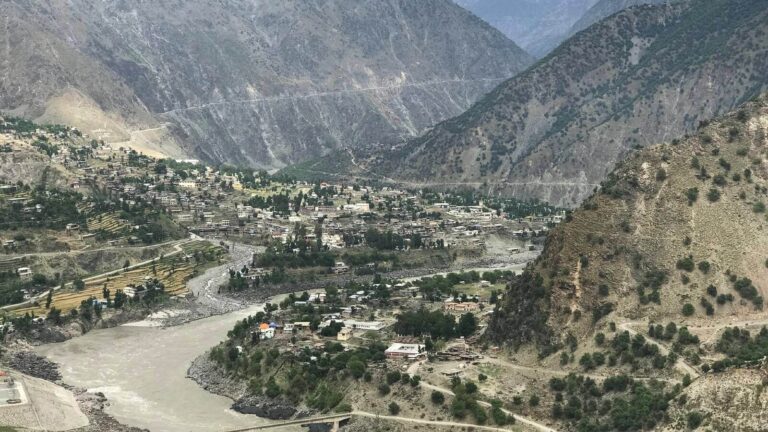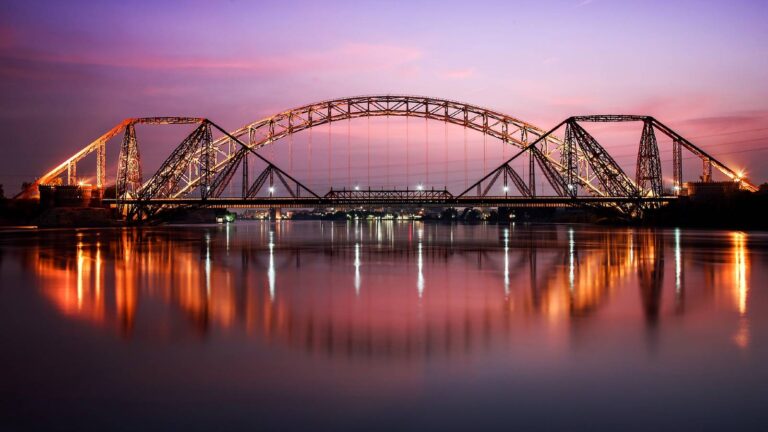Punjab offers some amazing landscapes and heritage sites for the visitors with the improved logistics and inbound and outbound transportation. Punjab has got some major international airports like Lahore, Multan and other whereas Rail infrastructure allows visitors to access the whole Punjab through wide range of Railway Network across the province. The road infrastructure, like whole of the province is connected through GT Road and Motorways for private and commercial vehicles.
Punjab offers great amount of Heritage sites across Punjab right from Attock to the Rahim Yar Khan in the South. Punjab is known for its ancient cultural heritage as well as its religious diversity. The lands of Punjab have been home to a number of religions and civilisations. The Indus Valley Civilization once ruled the region and a significant archaeological find was discovered at the ancient city of Harrapa.
The Gandhara civilisation was also quite dominant in the northern region of Punjab at the site of Taxila. Several other civilisations such as Greeks, Central Asians, and Persians ruled Punjab leaving a number of sites which still exist today.
The arrival of Islam came about during the rule of the Umayyad Caliphate (arrival of Muhammad bin Qasim in early 8th century) followed by the Ghaznavids. The Mughals took control of the region later and ruled its land for several centuries.
The lands of Punjab have been home to a number of Hinduism and Sikhism holiest sites and the Indus Valley Civilization once ruled the region. The Gandhara civilization was also quite dominant in the northern region of Punjab at Taxila. Mughals ruled in Punjab for several centuries and left behind quite strong heritage with a large number of forts, tombs and monuments still intact today. Punjab represent a unique mixture of Mughals, Sikhs and Colonial architecture.
The history of Punjab dates back to the Indus civilization. The region has been invaded and ruled by many different empires and races including the Aryans, Persians, Greeks, Egyptians, Afghans, and Mongols.
The population of Punjab had been pre-dominantly Hindu with large Buddhist minorities before it was conquered by Muhammad bin Qasim in 712 AD. He was the first to bring the message of Islam to the region.
It was later spread through the teachings of various Sufi saints. The Mughals controlled the region from 1524-1739. It was their reign that saw the construction of the great architectural wonders such as the Badshahi Mosque and the Shalamar Gardens.
Following the decline and subsequent fall of the Mughal Empire, Maharaja Ranjeet Singh was the most prominent ruler of the Punjab. He established the Sikh Empire that lasted from 1799-1849.
During his time a lot of importance was given to the landed aristocracy and he relied upon their loyal support to retain power. However, after his death, political chaos ensued and two of his successor maharajas were assassinated and the British Empire took control and annexed Punjab in 1849 after two Anglo Sikh Wars.
By virtue of its geo-political position, Punjab was one of Great Britain’s most important assets in colonial India allowing it to execute control over the numerous princely states that made up the country.
The British rule saw a series of measures being introduced including the introduction of western education, a new revenue system and the establishment of a new administrative system. Today, Punjab remains the heartbeat of the nation and is at the center of all political and economic progress.
Punjab has been the cradle of civilization since time immemorial. The ruins of Harappa show an advanced urban culture that flourished over 5000 years ago.
Taxila, another historic landmark also stands out as a proof of the achievements of the area in learning, arts and crafts in bygone ages. The forts, palaces, gardens, mosques, mausoleums, are eloquent reminders of the great tradition in Muslim architecture.
The structure of a mosque is simple and it expresses openness. Calligraphic inscriptions from the Holy Quran decorate mosques and mausoleums. The inscriptions on bricks and tiles of the mausoleum of Shah Rukn-e-Alam (1320 AD) at Multan are outstanding specimens of architectural calligraphy.
The earliest existing building in South Asia with enameled tile work, is the tomb of Shah Yusuf Gardezi (1150 AD) at Multan. A specimen of the sixteenth century tile-work at Lahore is the tomb of Sheikh Musa Ahangar, with its brilliant blue dome. The tile-work of Emperor Shah Jahan’s reign is of a richer and more elaborate nature. The pictured wall of the Lahore Fort is the last line in the tile-work in the entire world.
The land of 5-rivers, population-wise the largest, and once known as the granary of east, Punjab is the lifeline of Pakistan.
To the North of the Punjab is the Khyber Pukhtoonkhwa Province and the federal capital area of Islamabad, to the North-East is Azad Kashmir, to its South-East is India (Indian Punjab & Rajasthan), to the South-West is the province of Sindh while to the West are Baluchistan and the Federally Administered Tribal Areas (FATA).
The province is predominantly on plain level, however, there are some hilly areas in the North-West and extreme South-West. There is also a plateau adjacent to the mountains known as the Potohar plateau and a desert belt in the South Eastern part known as Cholistan.
Punjab economy is mainly agricultural, although industry makes a substantial contribution. The province is playing a leading role in agricultural production. It contributes about 68% to the annual food grain production in the country.
Cotton and rice are important crops. They are the cash crops that contribute substantially to the national exchequer. Attaining self-sufficiency in agriculture has shifted the focus of the strategies towards small and medium farming, stress on barani areas, farms-to-market roads, electrification for tube-wells and control of water logging and salinity.
Punjab has also more than 48 thousand industrial units. There are 39,033 small and cottage industrial units. The number of textile units is 11,820. The ginning industries are 6,778. There are 6,355 units for processing of agricultural raw materials including food and feed industries.
Lahore and Gujranwala Divisions have the largest concentration of small light engineering units. The district of Sialkot excels in sports goods, surgical instruments and cutlery goods.
Punjab is also a mineral rich province with extensive mineral deposits of coal, rock-salt, dolomite, gypsum, silica-sand. The Punjab Mineral Development Corporation is running over a dozen economically viable projects.

